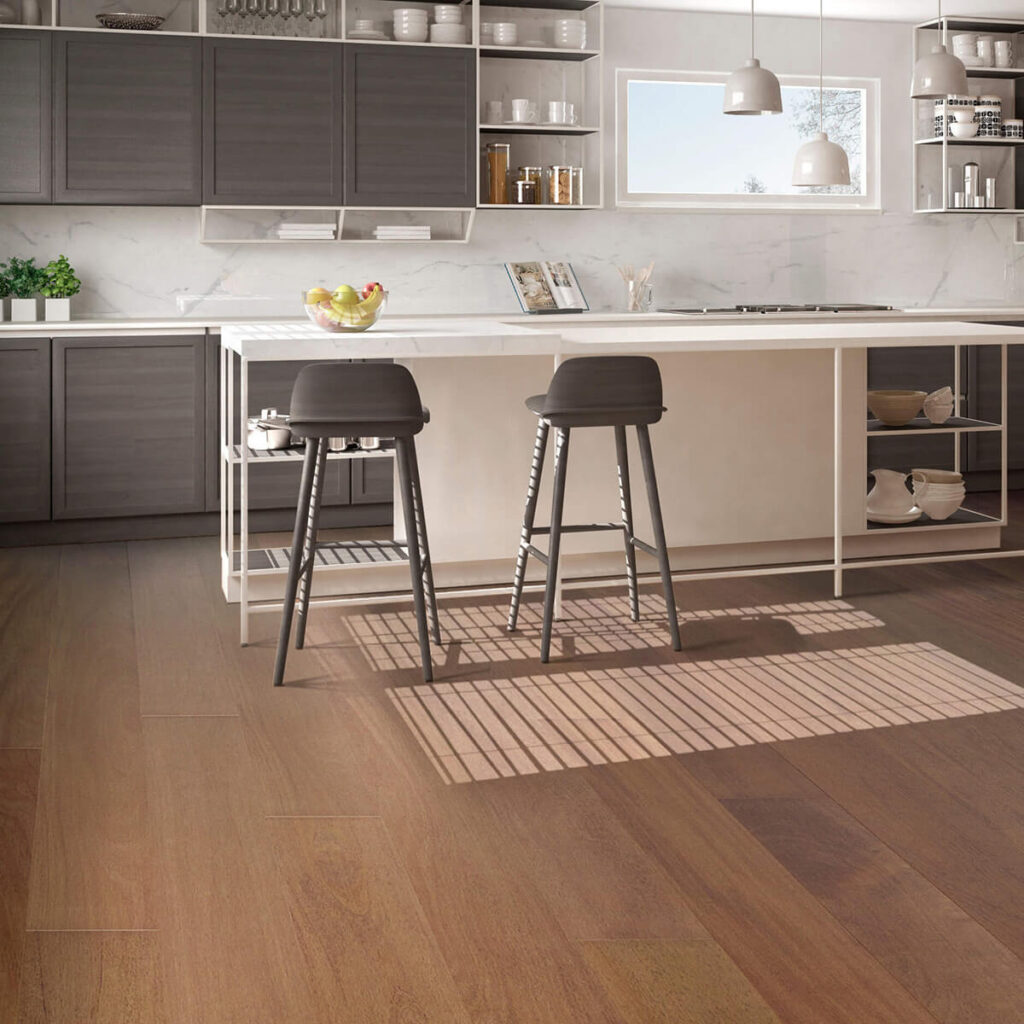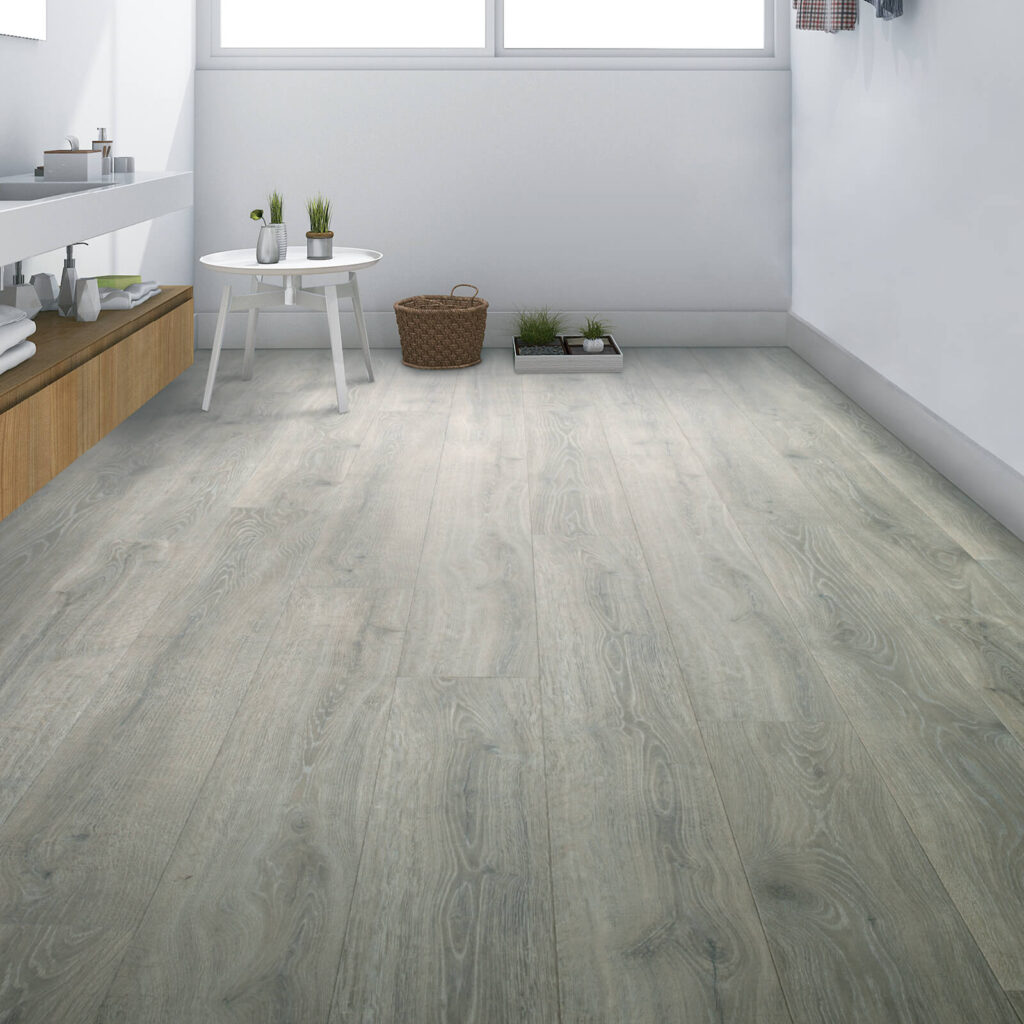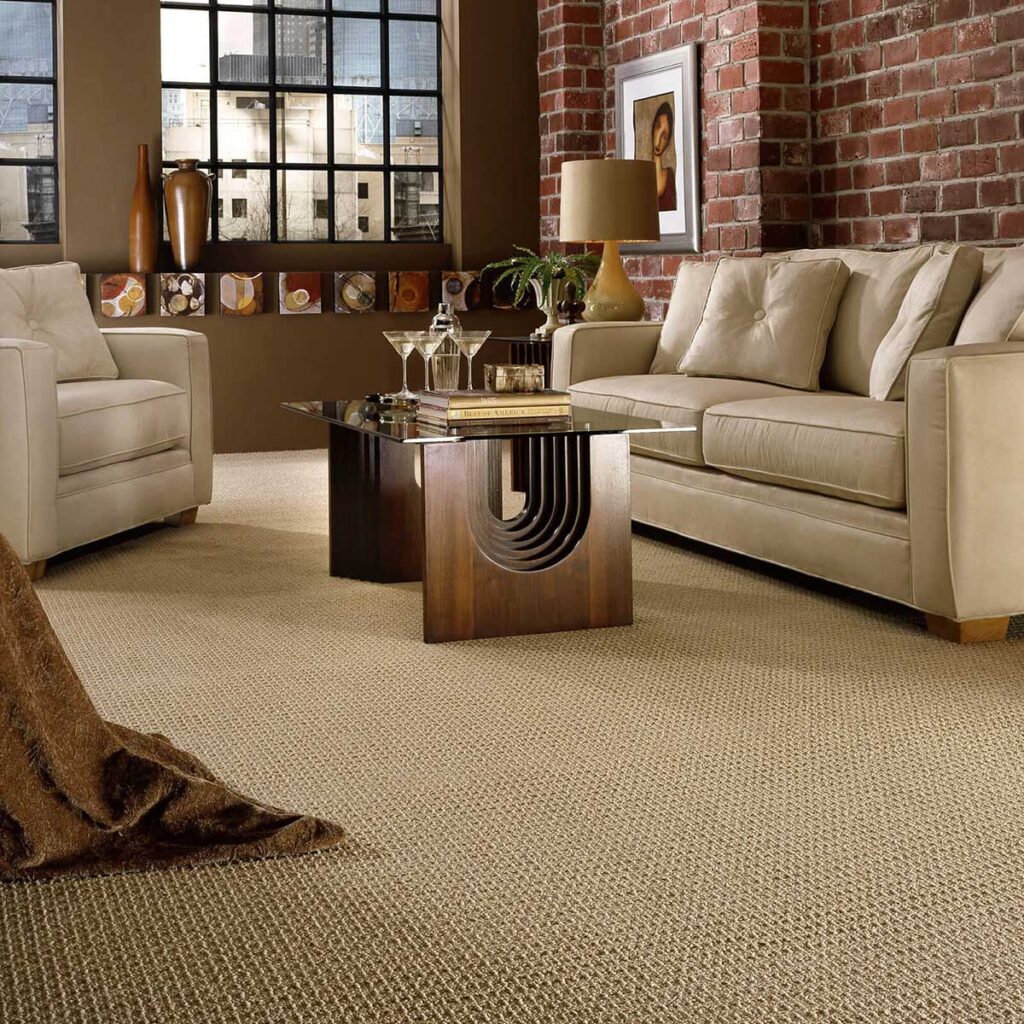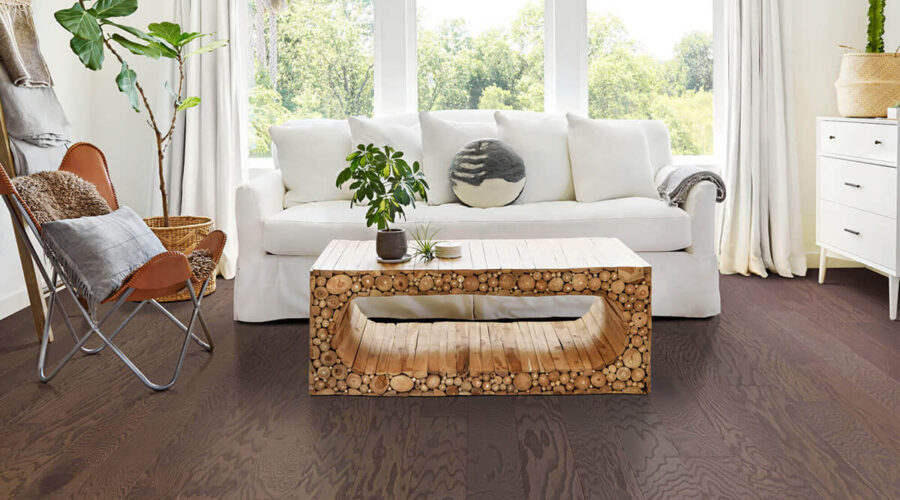Types of Flooring for your Home or Office
Choosing the right flooring for your home is an important decision that impacts both your space’s aesthetic appeal and functionality. With various flooring options available, it’s essential to understand the pros and cons of each to make an informed choice that suits your needs, lifestyle, and budget. In this blog, we’ll explore four popular types of flooring—hardwood, laminate, tile, and carpet—and discuss their benefits and drawbacks.
- Hardwood Flooring
Overview:

Hardwood flooring is a classic choice that adds warmth and elegance to any room. Made from solid wood or engineered wood, it is available in various species, including oak, maple, cherry, and walnut. This type of flooring is popular for its durability and timeless beauty.
Pros:
Durability: Hardwood is long-lasting and can be refinished multiple times, making it an excellent investment for your home.
Aesthetic Appeal: Wood’s natural beauty adds value and sophistication to your home and complements a wide range of interior styles.
Resale Value: Homes with hardwood floors often have higher resale values, as buyers prefer this premium flooring option.
Low Maintenance: Hardwood is easy to clean and doesn’t trap dust or allergens, making it ideal for people with allergies.
Cons:
Cost: Hardwood flooring can be expensive, especially if you opt for exotic wood species.
Susceptibility to Moisture: Hardwood is not recommended for areas prone to moisture, such as bathrooms or basements, as it can warp or swell.
Scratching: Although durable, hardwood can be scratched by heavy furniture, pets, or high heels, requiring refinishing to restore its appearance.
Best For: Living rooms, dining rooms, bedrooms, and hallways.
2. Laminate Flooring

Overview:
Laminate flooring is an affordable alternative to hardwood that mimics the look of natural wood, stone, or tile. It’s made from a composite material with a photographic layer replicating the appearance of more expensive materials, topped with a protective wear layer.
Pros:
Affordability: Laminate flooring is generally less expensive than hardwood or tile, making it a budget-friendly option.
Durability: The wear layer makes laminate resistant to scratches, dents, and stains, making it a good choice for high-traffic areas.
Easy Installation: Laminate flooring is often designed as a floating floor, meaning it can be installed over existing flooring without needing nails or glue.
Variety: Available in various styles, colors, and textures, laminate can replicate the look of hardwood, stone, or tile.
Cons:
Limited Lifespan: Unlike hardwood, laminate cannot be refinished. Once it wears out, it must be replaced.
Susceptibility to Water Damage: While more moisture-resistant than hardwood, laminate can still be damaged by standing water or excessive humidity.
Less Authentic Feel: Although it looks like natural wood or stone, laminate lacks real materials’ authentic texture and warmth.
Best For: Living rooms, bedrooms, and home offices.
3. Tile Flooring
Overview:
Tile flooring is made from ceramic, porcelain, or natural stone and is a popular choice for areas prone to moisture, such as kitchens, bathrooms, and entryways. Tiles come in various sizes, shapes, and designs, offering endless possibilities for customization.
Pros:
Water Resistance: Tile is highly resistant to water, making it an excellent choice for bathrooms, kitchens, and outdoor areas.
Durability: The tile is highly durable and can withstand heavy foot traffic, making it ideal for busy households.
Variety: With an extensive range of colors, patterns, and materials, tile can complement any design aesthetic.
Easy Maintenance: The tile is easy to clean and doesn’t stain easily, making it low-maintenance.
Cons:
Cold and Hard Surface: Tile can be cold underfoot, especially in cooler climates, and its rugged surface can be uncomfortable to stand on for long periods.
Complex Installation: Installing tile requires precision and skill, often necessitating professional installation, which can be costly.
Slipperiness: Some types of tile can be slippery when wet, posing a safety hazard, especially in bathrooms.
Best For: Kitchens, bathrooms, entryways, and outdoor spaces.
4. Carpet
Overview:

Carpet flooring is a soft, comfortable option in various textures, colors, and patterns. It’s made from natural or synthetic fibers and provides a cozy, inviting feel to any room.
Pros:
Comfort: The carpet has a soft underfoot and provides warmth, making it a popular choice for bedrooms and living areas.
Insulation: The carpet provides excellent thermal and sound insulation, helping to reduce energy costs and noise levels.
Safety: Carpet offers a non-slip surface and cushioning, making it a safer option for homes with young children or elderly residents.
Affordability: Carpet is generally less expensive than hardwood or tile, making it a budget-friendly choice for many homeowners.
Cons:
Stain and Wear: Carpet can stain easily and show signs of wear in high-traffic areas. Regular cleaning and maintenance are required to keep it looking its best.
Allergen Accumulation: Carpet fibers can trap dust, dirt, and allergens, which may be problematic for people with allergies or asthma.
Shorter Lifespan: Compared to other flooring types, carpet typically has a shorter lifespan and may need to be replaced more frequently.
Best For: Bedrooms, living rooms, and playrooms.
Selecting the right flooring for your home depends on your lifestyle, budget, and personal preferences. Hardwood offers timeless beauty and durability but comes at a higher cost. Laminate provides a budget-friendly, easy-to-install alternative with a wide range of styles. Tile is the go-to option for moisture-prone areas due to its water resistance and durability, while carpet adds warmth and comfort, making it ideal for cozy living spaces.
Consider the specific needs of each room in your home when choosing your flooring, and remember that a well-chosen floor can enhance your space’s overall aesthetic and functionality. Whether you prioritize comfort, durability, or style, there’s a flooring option that’s perfect for you.

